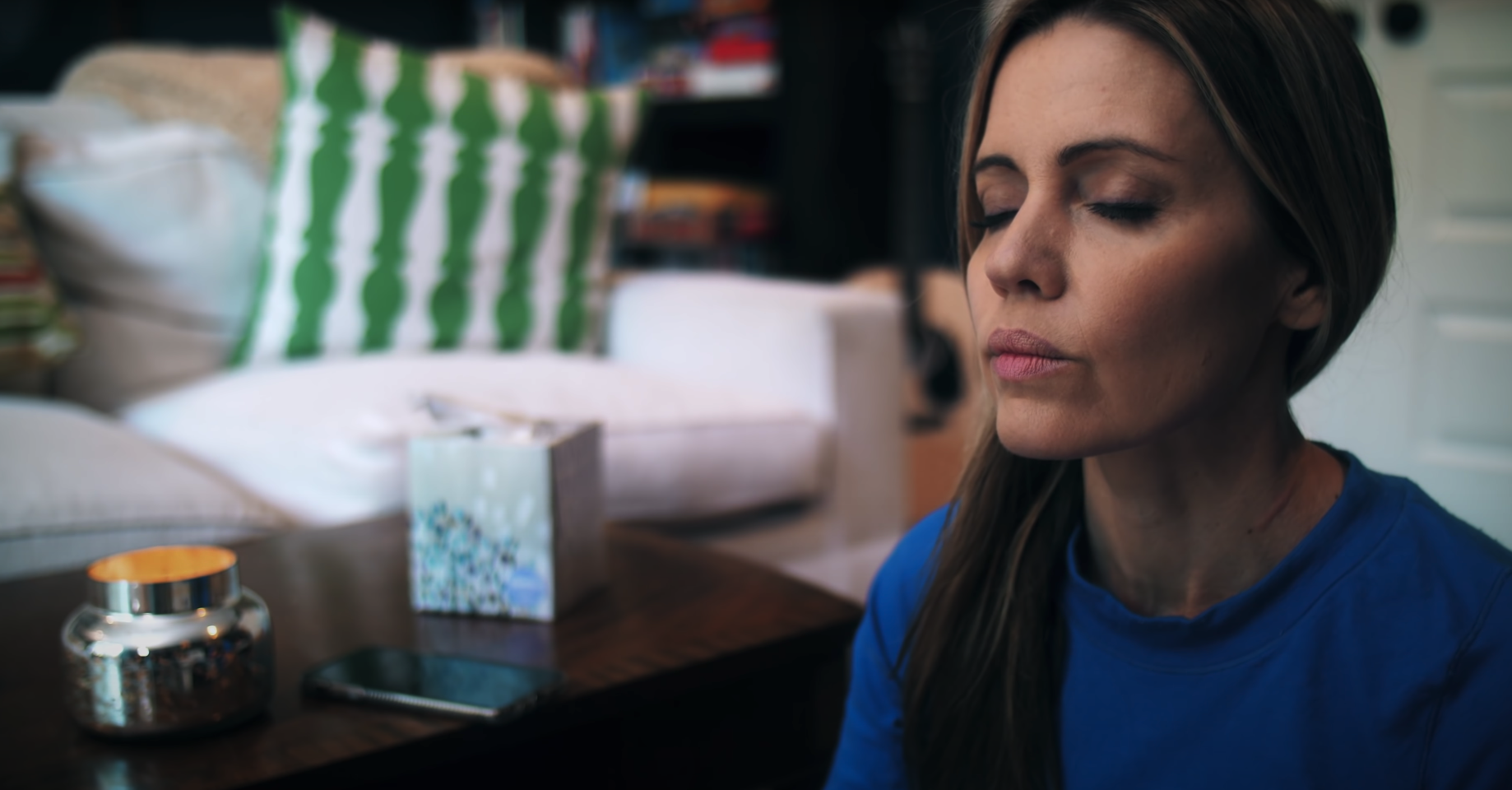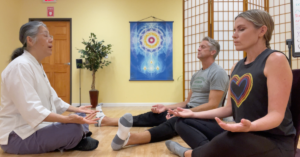Asking me to meditate for even five minutes used to feel like asking one of those tube men at the car dealership to sit still. Not happening. That’s valuable time! And if you’re a mom who’s ever left an open jar of peanut butter or an unlocked cell phone near a small child, you know that everything can actually go off the rails in five minutes.
But as it turns out, working meditation into my daily routine was one of the best decisions I’ve made for my mental health. Really. So, I’m here to cheer you on. Silently, of course.
The Benefits of Meditation
Like any good healthy practice that’s been around for millennia, there are some real benefits to meditation. And no, Gwyneth Paltrow didn’t GOOP them up. The connection between meditation and our mental and physical health has long been studied and there’s evidence to suggest a regular practice can help in the following ways:
- Reduce stress and anxiety
- Improve focus and concentration
- Lead to better sleep
- Promote a more balanced mood
- Aid our self-esteem
All of these benefits translate to our relationships, work and beyond.
Why It’s So Hard
If you’re like me, someone who deals with anxiety on top of my day-to-day responsibilities, meditating probably sounds impossible. Along with the stress of, I don’t know, existing during a global pandemic and living in a constant state of zero privacy, we’re also overstimulated.
All of those devices and over packed schedules mean we typically have way too much going on at one time. With so much taking up space in our heads, is it really possible to shut it all off? It takes some work, but I can assure you, it’s possible.
How to Get Started
Meditation is all about disconnecting and it starts with a commitment to mentally and physically log off, which can be intimidating. If you’ve had “start meditating” on the top of your to-do list so long it’s starting to feel like that resolution to fit back into your college jeans, I see you (and say, throw those jeans out because who cares). I use the guided meditations on the Calm App (this post is not sponsored, I just love it) but there are several others. You can go solo or use an app, whatever you decide, here are some simple ways to get going:
- Choose your space.
Find a quiet space in your home and make that your dedicated meditation zone. I claim our bedroom at about 8am. Penn is busy working by then, I carve out that time for myself. Customize it by adjusting the temperature and adding some scented candles. I don’t recommend vanilla candles…they just make me think about cake. Anyone else? - Remove all distractions.
Pretend you’re in airport security and empty all of your pockets before entering. Leave your phone in another room. On silent. Take out anything else that might distract you — like that book you meant to read or that basket of laundry waiting to be folded. - Get comfortable.
Guess what? You don’t have to sit on the floor in a lotus pose to meditate. My legs don’t do that anyway. You can lay on the floor or even on your bed. Wear whatever you want. Some people prefer to sit in a chair with their spine upright and their feet flat on the floor. - Schedule it.
Consider meditation an appointment you can’t cancel. Add it right into your calendar. I know you have a blocked out time slot in there for new episodes of the Great British Baking Show so there’s some room. - Begin slowly.
Taking on too much at once is a recipe for failure. Start with just five minutes on weekdays and increase the time gradually. Set small goals for your meditation practice and reward yourself for hitting those milestones. - Change it up.
Room too bright? Add some blackout shades. Mind always wandering in the morning? Try evenings. Change things around until you find what works for you. Meditation is a personal practice and the only right way to do it is ultimately what’s right for you. - Remember, it’s a practice.
I don’t think there’s such a thing as a “perfect” meditation, at least for me. Thoughts and to-do lists always creep in, but you build a muscle through practice that helps you push those thoughts away.
Have you tried meditation? Share what helped you stick with it in the comments.




